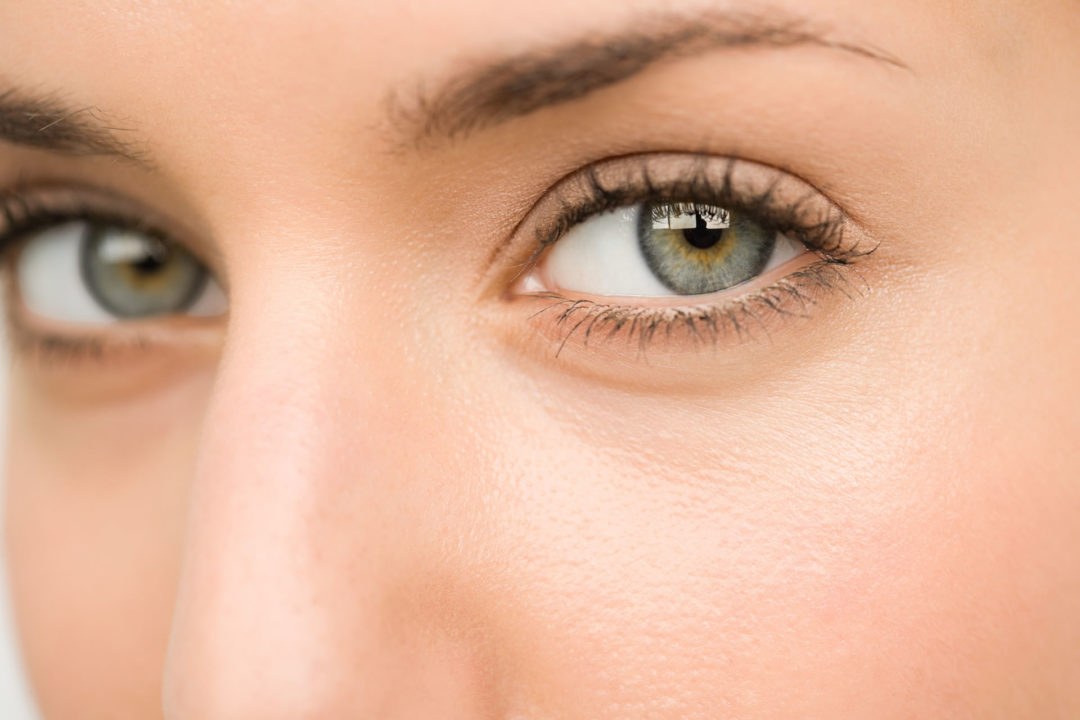
Results from Groundbreaking Lutein Studies Released

Researchers worked with Lutemax 2020 fromOmniActive Health Technologies, based here, which contains three carotenoids—lutein, RR-zeaxanthin and RS-zeaxanthin—in a 5:1 ratio of lutein to zeaxanthin isomers. These carotenoids accumulate in the macula and deactivate blue light-generated ROS, quench free radicals, stabilize membranes and help filter blue light. Over time, blue light from smartphones, tablets, LED lights, televisions and computer screens can lead to eye fatigue, headaches, muscle spasms, blurry vision and more.
In the 12-week Lutein, Vision and Mental Acuity (LAMA) I study published inExperimental Eye Research, 28 healthy individuals (ages 18–25) were divided into four groups and given one of the following regimens: a placebo, 6 mg of lutein with 1.2 mg of zeaxanthin isomers, 10 mg of lutein with 2 mg of zeaxanthin isomers, or 20 mg of lutein with 4 mg of zeaxanthin isomers. At baseline and every two weeks during the trial, individuals’ blood levels of lutein and zeaxanthin were examined and macular pigment optical density (MPOD) was measured by heterochromatic flicker photometry. MP is a yellow pigmented spot on the retina made up of primarily lutein and zeaxanthin, and a good layer of MPOD will protect the macula from blue light.
Compared to placebo, lutein and zeaxanthin levels increased in the blood in a dose-dependent manner as soon as two weeks after supplementation began. MPOD also increased in the supplement groups more than placebo. The researchers, who were based at the University of Georgia, stated, “Although [lutein (L)] serum responses increased with dose, the slope of increase was shallower than for [zeaxanthin]. Given the higher levels of L in the supplements, this is suggestive of a compressed response with relatively high doses of L.”
Other data from the LAMA I study printed inNew Frontiers in Ophthalmology bolstered the finding that supplementation increased serum lutein and zeaxanthin levels over placebo in a dose-dependent fashion up to 20 mg.
Data from the larger-scale LAMA 2 study were presented at the 2016 Experimental Biology meeting and findings have been submitted for publication. This 12-month study involved 56 healthy volunteers (ages 18–25) and focused on two doses: 10 mg of lutein with 2 mg of zeaxanthin isomers or 20 mg of lutein with 4 mg of zeaxanthin isomers. Some individuals took a placebo.
After six month of supplementation, MPOD increased as did brain-derived neurotrophic factor (BDNF), which may suggest an ant-inflammatory effect of lutein and zeaxanthin isomers.
Published in WholeFoods Magazine, October 2016, online 9/1/16

The editorial team at WholeFoods Magazine has decades of experiences reporting on natural products industry news, trends, and more. This national, monthly business-to-business magazine has been published continuously for nearly 40 years (the magazine was founded in 1977, and has been owned by Wainer Finest Communications since 1984). It is the longest-tenured media outlet of its kind in the natural products industry. The editorial focus at WholeFoods Magazine is, and always has been, on informing and educating members of the natural products industry.
The Magazine
Information
About Us
NOTE: WholeFoods Magazine is a business-to-business publication. Information on this site should not be considered medical advice or a way to diagnose or treat any disease or illness. Always seek the advice of a medical professional before making lifestyle changes, including taking a dietary supplement. The opinions expressed by contributors and experts quoted in articles are not necessarily those of the publisher or editors of WholeFoods.







